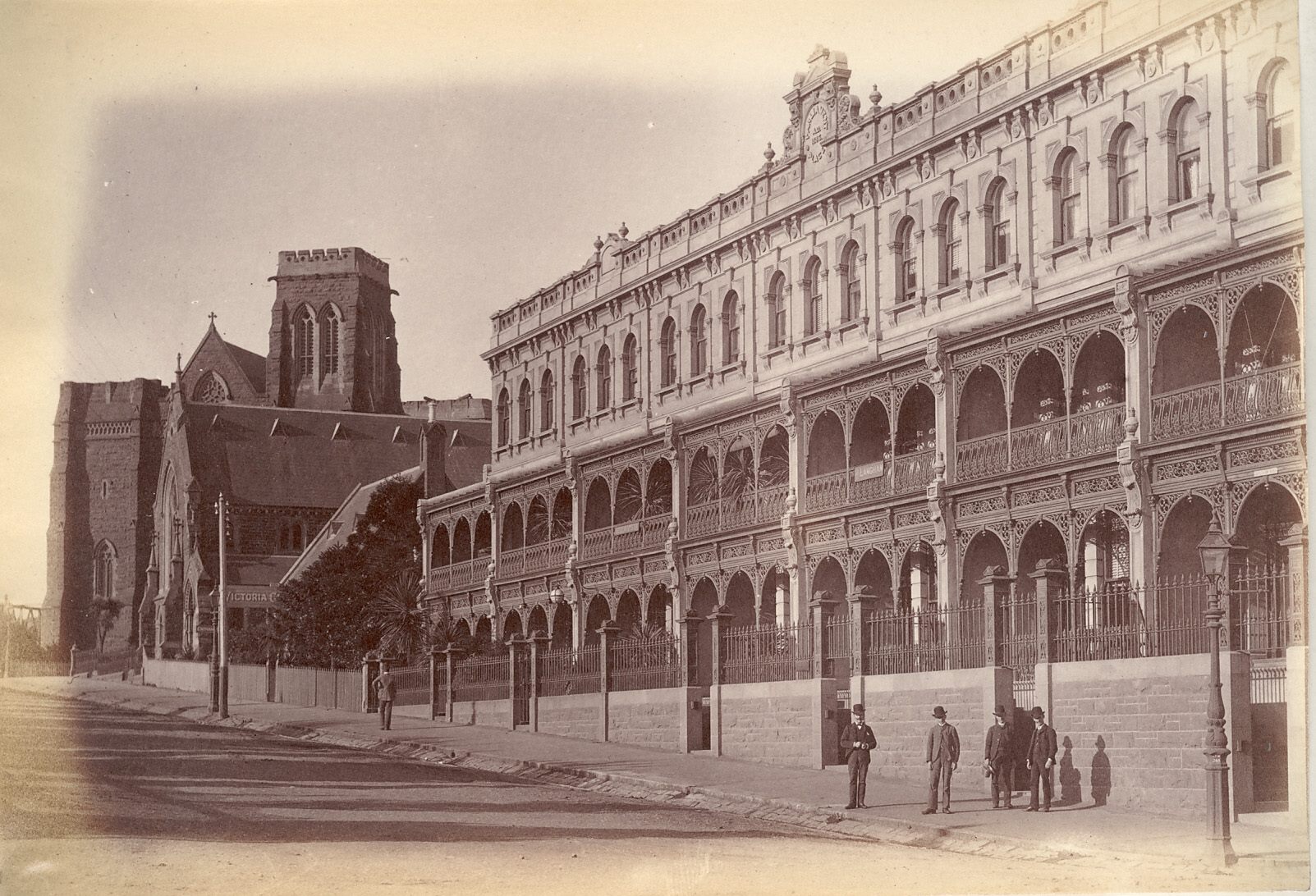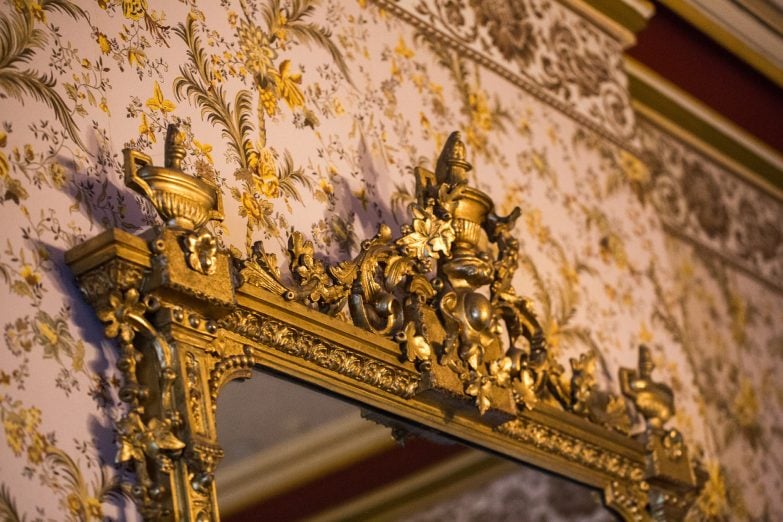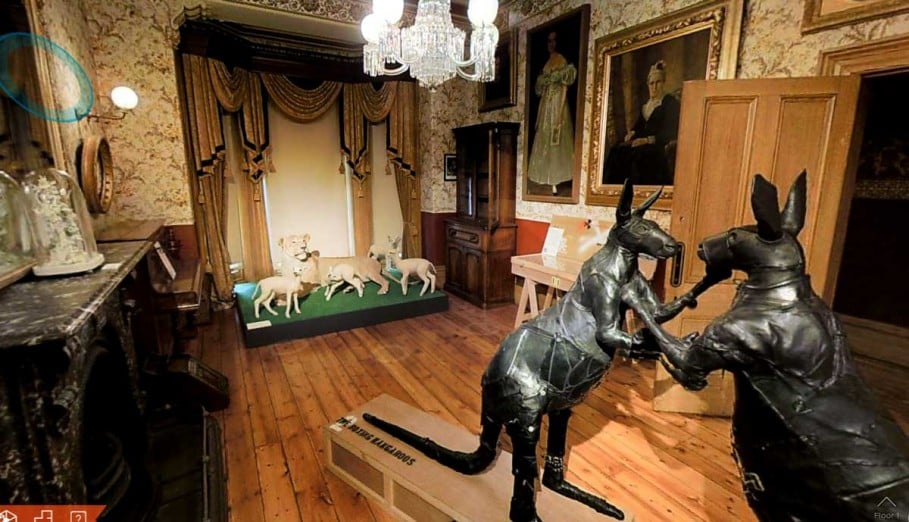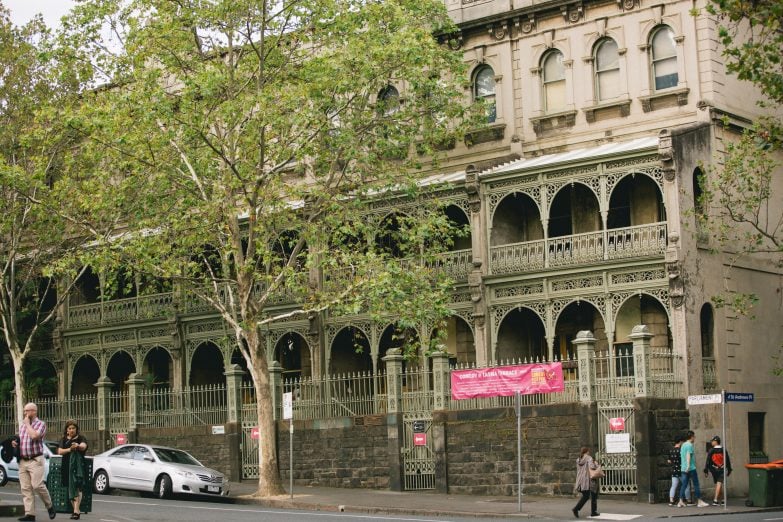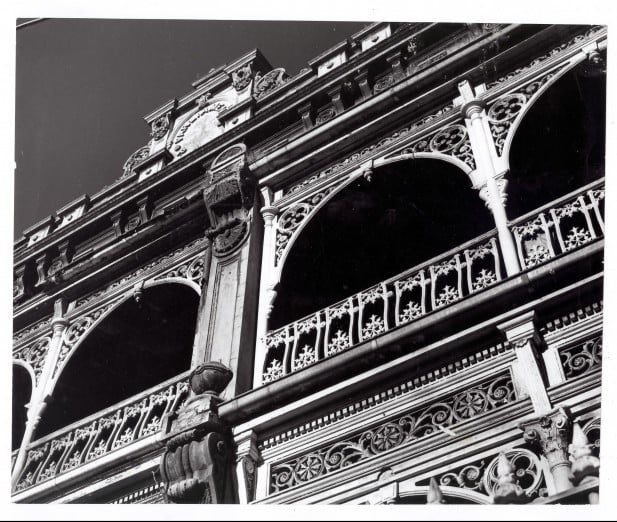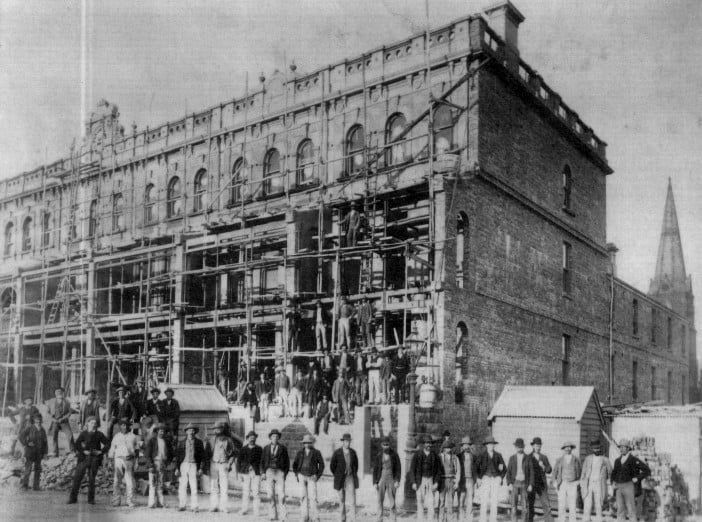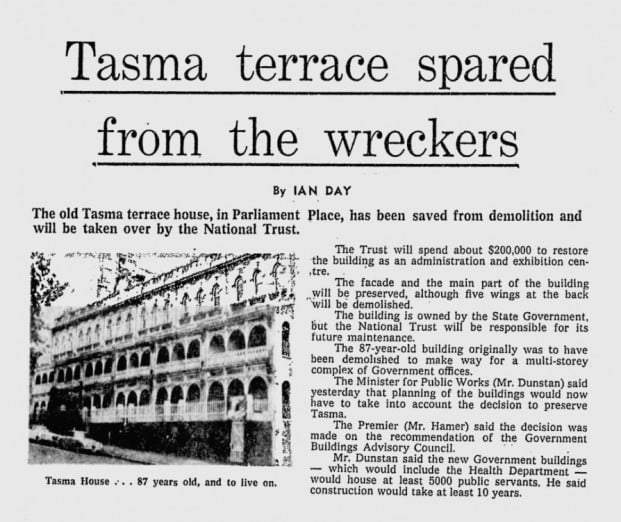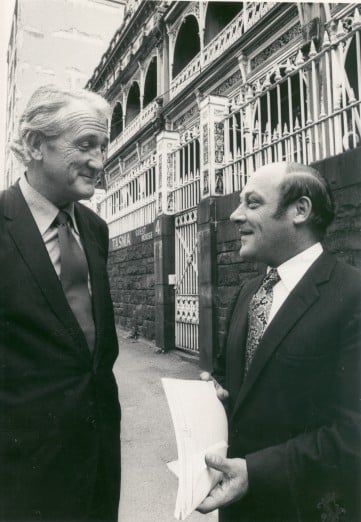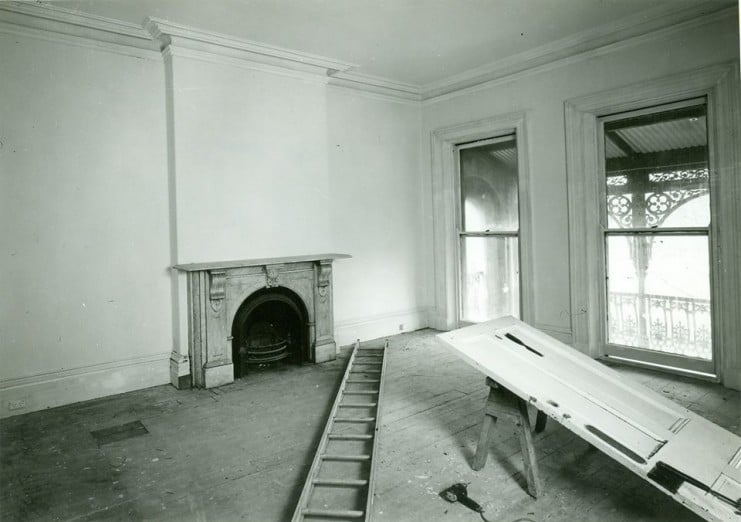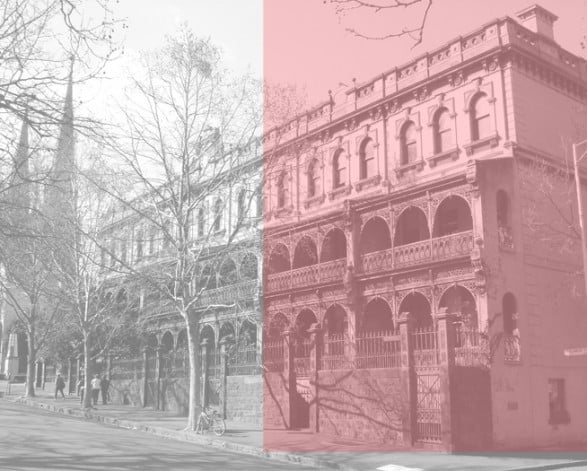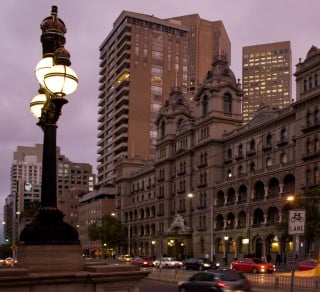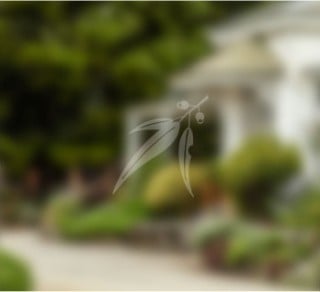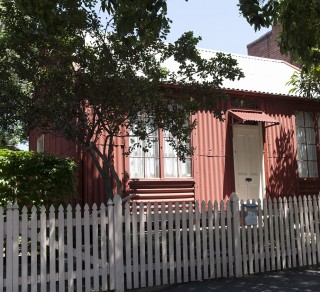Once a series of lodging houses, Tasma Terrace is a symbol of successful grass-roots heritage advocacy and is now the head office of the National Trust of Australia (Victoria)
Tasma Terrace was once a set of individual lodging houses each operating as independent businesses. They provided high end accommodation for visitors to the city, where they could stay in respectable comfort.
These stylish guest houses not only hosted visitors from out of town, but also permanent residents, including many unmarried women working in professional occupations like nursing and teaching who were able to live independently.
Initially financed by wealthy grain merchant and shipowner George Nipper in 1879, the first three terraces were a business enterprise as well as a home for his family. Built in two parts, the row of seven was completed in 1886-87.
Renowned architect Charles Webb designed the terraces and is well known for his many public buildings, including the Alfred Hospital and the Grand Hotel, now known as the Windsor, which was also built for Nipper.
Facing demolition and replacement with hi-rise towers in 1970, these beautiful and unique terraces were saved through the grass-roots advocacy of the National Trust.
